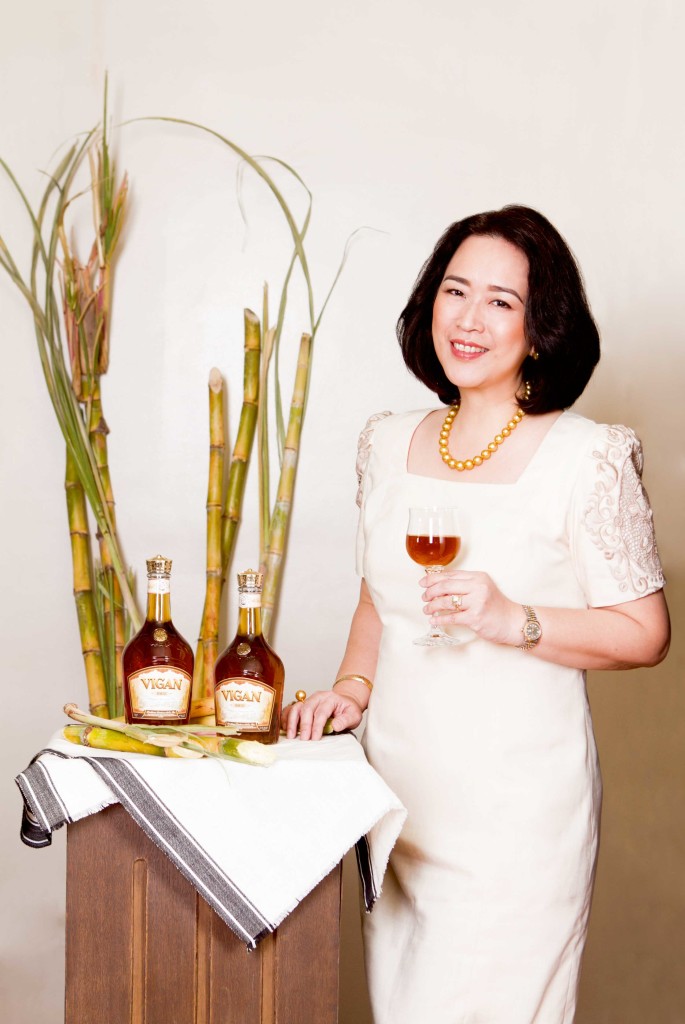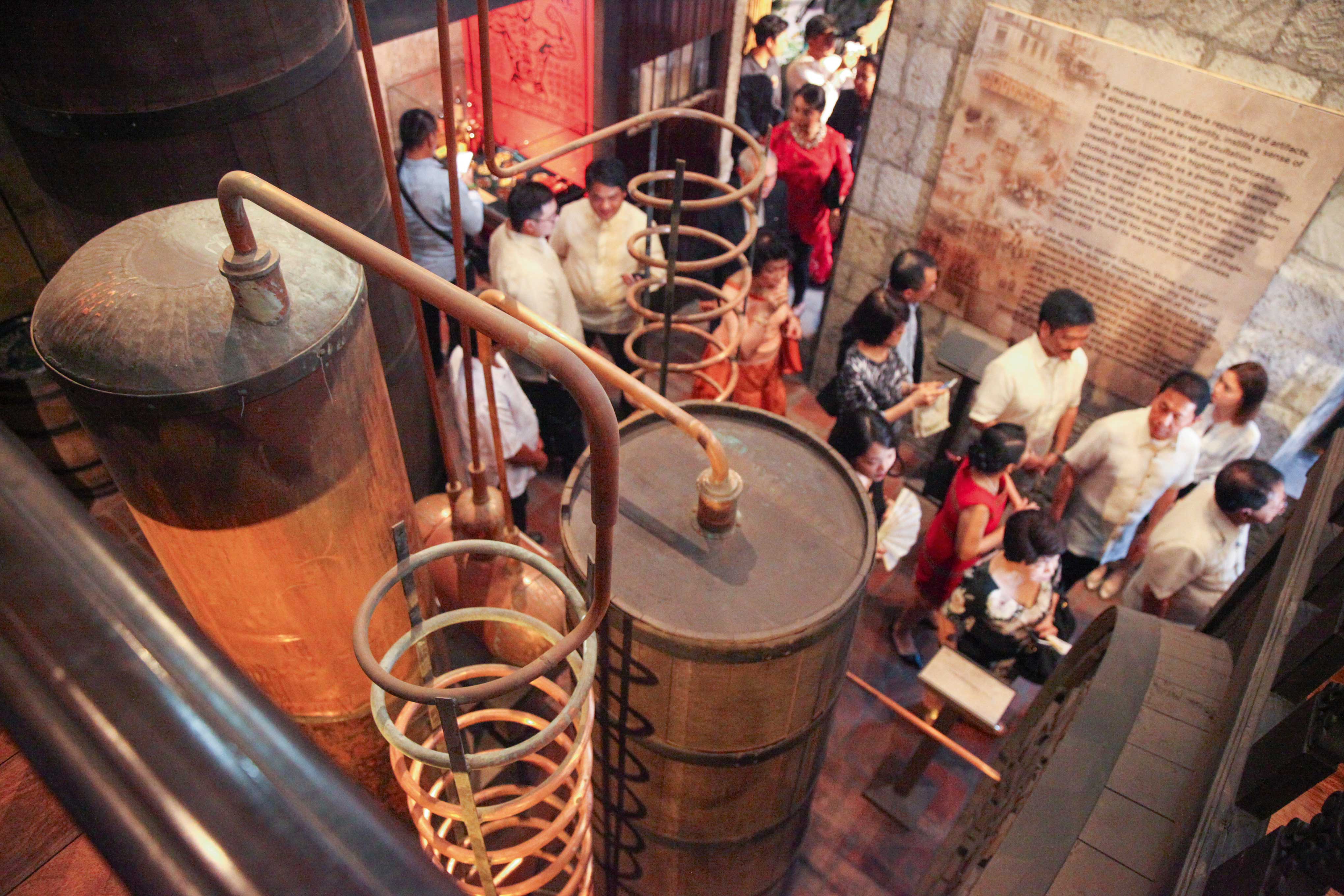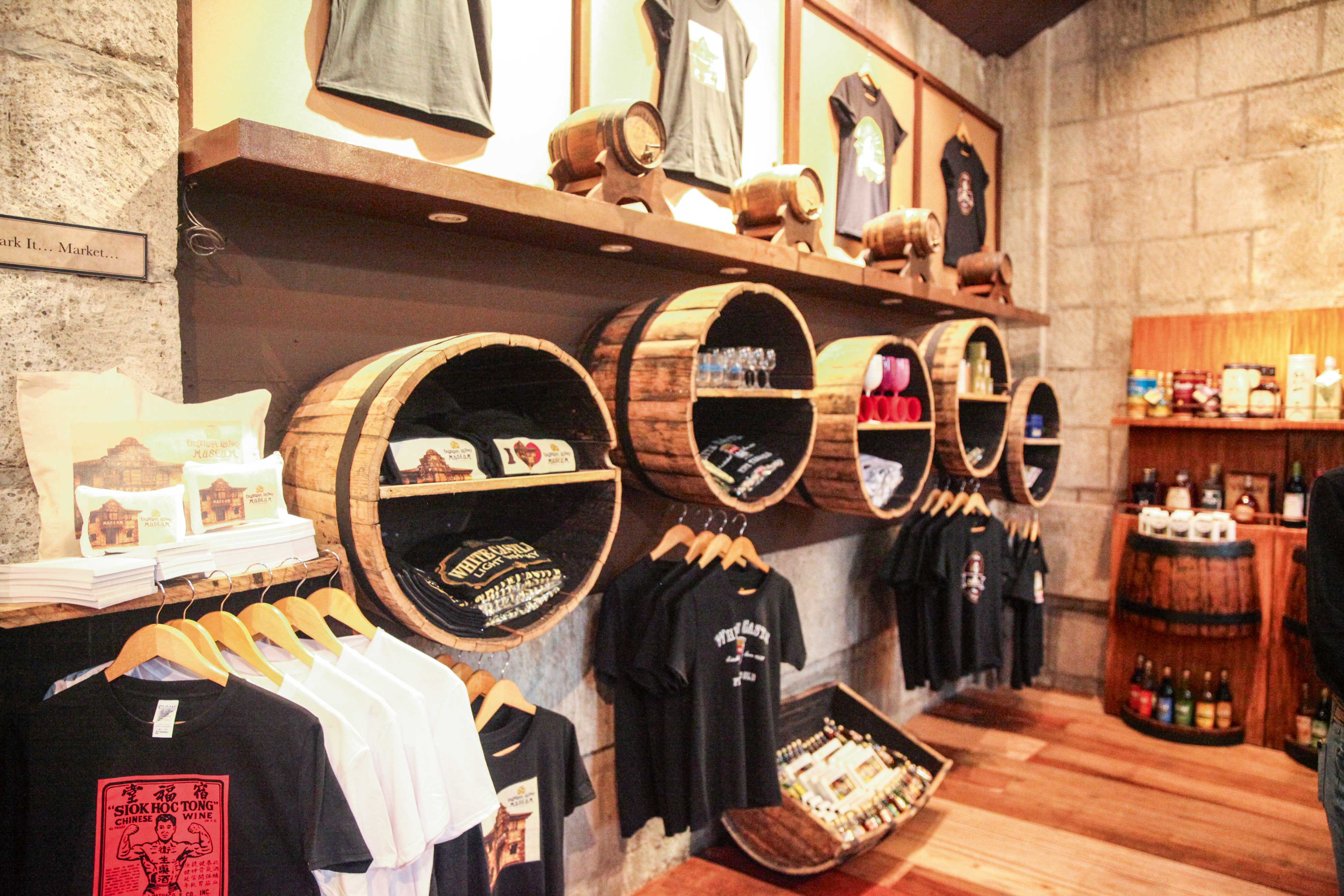
Nearly 40 years after the idea was first hatched, Destileria Limtuaco Museum is now open. Housed in a two-story Spanish-era bahay na bato, it celebrates a clan’s 165-year-old legacy while, hopefully, instilling pride among Filipinos, especially Millennials.
By Alex Y. Vergara
What started out as a dream project by the late Julius Limpe in 1979 to celebrate his family’s legacy and instill pride among his employees is now, under his daughter Olivia Limpe-Aw, a reality with the recent opening of Destileria Limtuaco Museum on San Juan de Letran Street in Intramuros, Manila.

Housed in a refurbished and repurposed two-story Spanish-era bahay na bato, the museum consists of 13 sections and four special areas, including a souvenir shop. It features not only the evolution of the 165-year-old company’s products, bottles and processes, but also five generations of the Limpe family’s entrepreneurial seal and pioneering spirit.
Open from 9 a.m. to 6 p.m. daily except Mondays, the museum offers both lessons in pop culture history through those iconic horse-riding, bikini-clad White Castle girls, including Evangeline Pascual, Carmi Martin, Cristina Gonzales and Glydel Mercado, captured in vintage posters, calendars and TV ads; as well as simplified steps involved in making rum and whiskey—from the selection and milling of raw materials like sugar cane and corn to the distillation process.

Apart from framed and laminated mementos, artists’ renditions, photographs and news stories of family members that span several decades, from Destileria Limtuaco founder Bonifacio Limtuaco to Olivia’s more recent media interviews, various equipment once used in the course of running the company, including Julius’ pre-digital era cameras, adding machines and first-generation personal computers, add a touch of curiosity and nostalgia to the entire collection.
Students are charged P50 per head, while adults are charged P200 each. The latter rate features a spirits-tasting portion featuring five types of Destileria Limtuaco products at the end of each tour.

“Thanks to his vision and appreciation for what his forebears had started, my father bought this property 40 years ago with the sole purpose of turning it into a museum,” says Olivia, president and CEO of Destileria Limtuaco and a member of the clan’s fifth generation. “Our original factory when the company first opened in 1852 wasn’t in Intramuros, but in Binondo. I remember my father telling me that he expected a boom in tourism, and that Intramuros would be the best location for a company museum,” she adds.
Julius, a Renaissance man, was also responsible for the then future museum’s initial design, including its interiors, and a replica of the distillation still and huge wooden tank. He also started working on some of the write-ups.

What took them this long to open? Julius, who belonged to the fourth generation, was on the verge of completing three generations’ worth of pertinent materials and files until a company-wide wildcat strike in 1989 forced him to drop the project to focus on what was more important then—Destileria Limtuaco’s survival.
As a result of the strike, Destileria Limtuaco suffered heavy losses, but all that is behind it now, as the company looks forward with renewed hope while celebrating its storied past with what Olivia hopes is a museum that resonates with most Filipinos, especially with Millennials. Aware of how important the museum was to her father (who passed on in 2015 without seeing its completion), Olivia took it upon herself to continue working on the project. She even sought advice from her son Aaron Limpe-Aw, a member of the sixth generation, on how to make the attraction more appealing to younger people. Contemporary artist Marika Constantino came on board as museum curator late last year.

Owing to the company’s long history and systematic archiving and cataloging, there were plenty of materials for the future museum to choose from. The real challenges for Olivia and her team were creating the right flow and deciding on an ideal “story” prior to choosing items that would go with that story.
“No matter how difficult it was, I didn’t want my father’s dream project to turn into a white elephant. Eventually, I had to set a deadline. After a series of endless revisions, I told my collaborators late last year, ready or not, pass your papers,” Olivia says with a chuckle.



This article first appeared in the Arts & Culture section of PeopleAsia’s April-May 2018 issue





